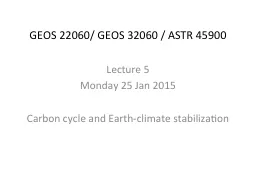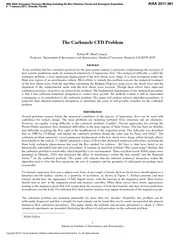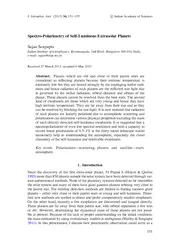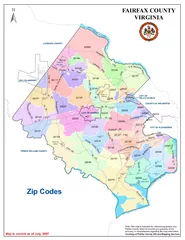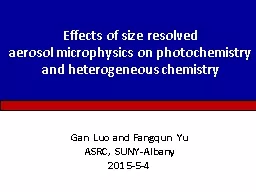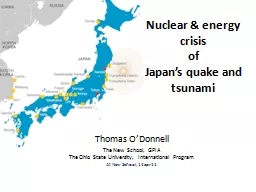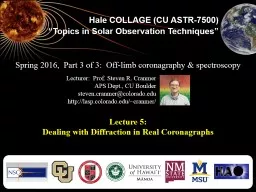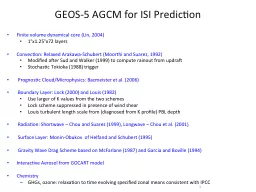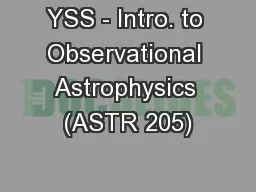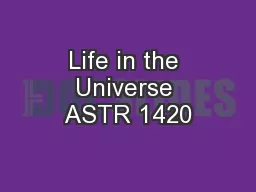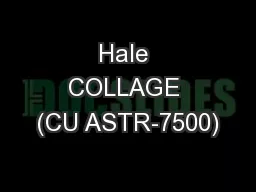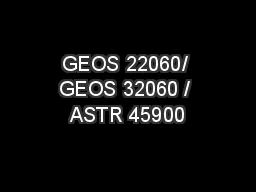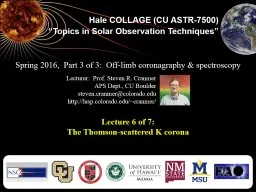PPT-GEOS 22060/ GEOS 32060 / ASTR 45900
Author : cheryl-pisano | Published Date : 2017-04-09
Lecture 5 Monday 25 Jan 2015 Carbon cycle and Earthclimate stabilization Today Presentation of Walker et al 1981 required reading Followup on some points from Homework
Presentation Embed Code
Download Presentation
Download Presentation The PPT/PDF document "GEOS 22060/ GEOS 32060 / ASTR 45900" is the property of its rightful owner. Permission is granted to download and print the materials on this website for personal, non-commercial use only, and to display it on your personal computer provided you do not modify the materials and that you retain all copyright notices contained in the materials. By downloading content from our website, you accept the terms of this agreement.
GEOS 22060/ GEOS 32060 / ASTR 45900: Transcript
Download Rules Of Document
"GEOS 22060/ GEOS 32060 / ASTR 45900"The content belongs to its owner. You may download and print it for personal use, without modification, and keep all copyright notices. By downloading, you agree to these terms.
Related Documents

